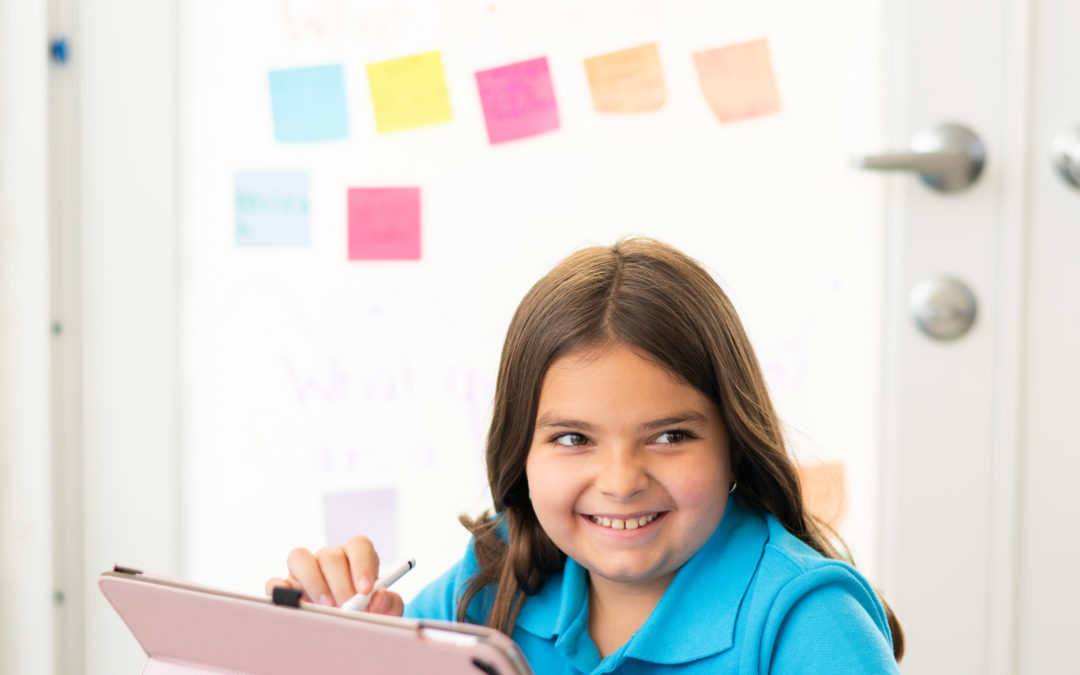Development Milestones
Understanding What Is Appropriate When it Comes to Your Child’s Development
Play is the bridge between creativity and skill-building in children. Whether it is as simple as passing an object back and forth, or as complex as negotiating rules of how to build a tower, all aspects of play are equally important in the development of our children. This is why play is at the forefront of our learning environment. Research confirms that there is so much more happening in a child’s brain when they are engaged in opportunities that allow them to express creativity, while also fostering thinking, problem-solving, communication, and collaboration skills, to name a few. At The Roig Academy, our Early Years program embraces exploration and play as central to our learning.

Developmental Milestones For Children
2 Years
- Plays mainly beside other children, but is beginning to include other children, such as in chase games
- Says sentences with 2 to 4 words
- Follows two-step instructions such as “Pick up your shoes and put them in the closet.”
- Knows names of familiar people and body parts
- Begins to sort shapes and colors
- Shows more and more independence
3 Years
May get upset with major changes in routine
• Talks well enough for strangers to understand most of the time
• Does puzzles with 3 or 4 pieces
• Walks up and down stairs, one foot on each step
• Understands what “two” means
• Understands words like “in,” “on,” and “under”
4 Years
• Is more creative with make-believe play
• Can say first and last name
• Starts to understand time
• Remembers parts of a story
• Hops and stands on one foot up to two seconds
• Plays “Mom” or “Dad”
5 Years
• Says name and address
• Is sometimes demanding and sometimes very cooperative
• Tells a simple story using full sentences
Uses a fork and spoon and sometimes a table knife
• Counts 10 or more things
• Uses future tense; for example “Grandma will be here.”
At The Roig Academy we embrace the concept that learning is best fueled by tapping into a child’s natural curiosity and an appetite to play. Our students are encouraged to explore the world through the use of play as a way to make connections with their peers, the teacher and the learning environment. We use best practices to facilitate a learning environment rich in opportunities for students to begin to learn, practice, and develop fundamental social, emotional, and academic competencies that follow our students well beyond the scope of childhood.
In addition to augmenting a child’s health and development, play helps build safe, secure and nurturing relationships that assist with safeguarding children against stressors, and builds social and emotional resilience.



